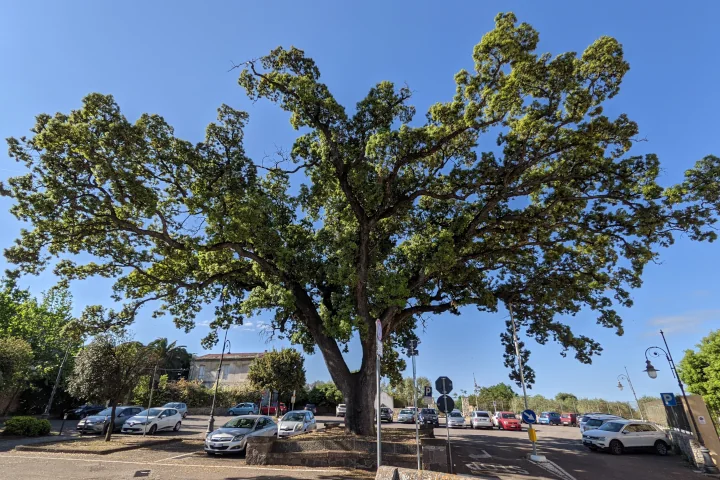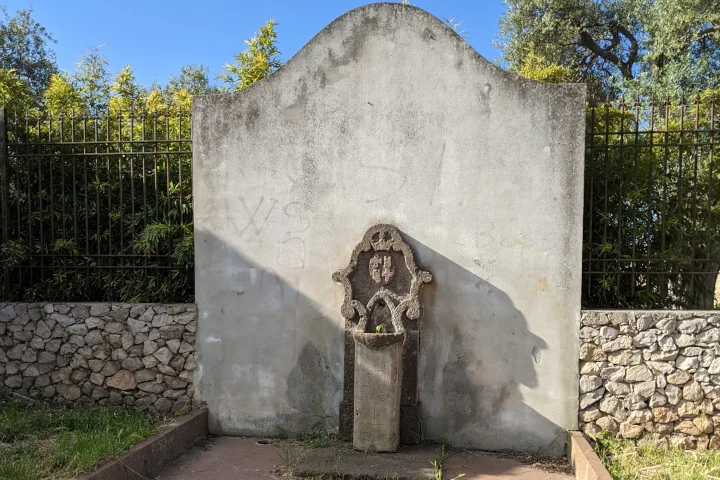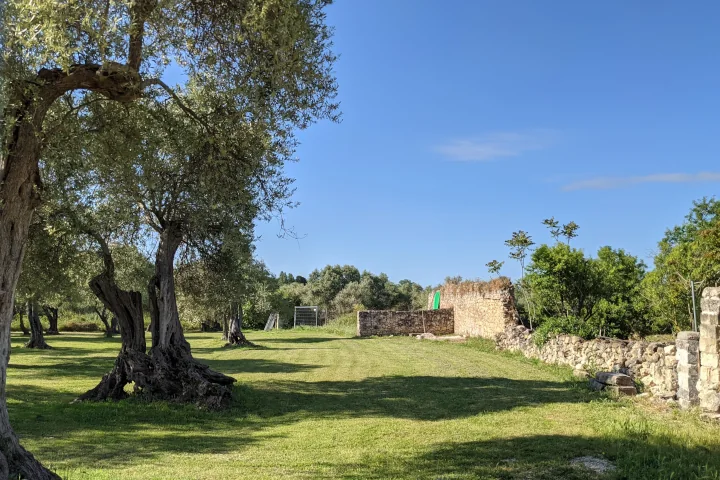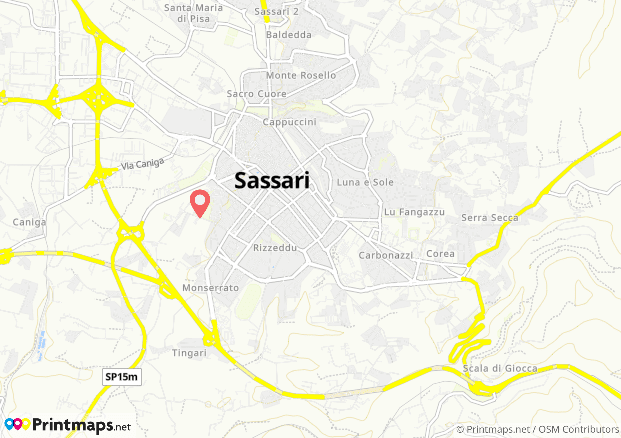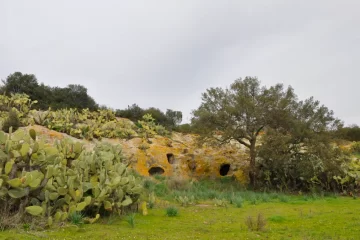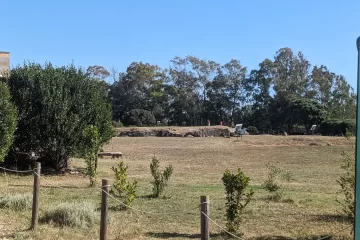The Church of San Pietro di Silki, located on the southwestern outskirts of Sassari, is one of the oldest and most significant places of worship in Sardinia.
Surrounded by the monastery complex and the vast Orti di San Pietro garden, it conveys a profound sense of tranquility to visitors.
Ancient origins and Benedictine past
Its origins date back to the 11th century, when Benedictine monks founded an abbey on the site of the medieval village of Silki. The earliest documents attesting to its existence are the Libellus Judicum Turritanorum and the Condaghe di San Pietro di Silki, valuable manuscripts containing information about Sardinia’s Giudicati.
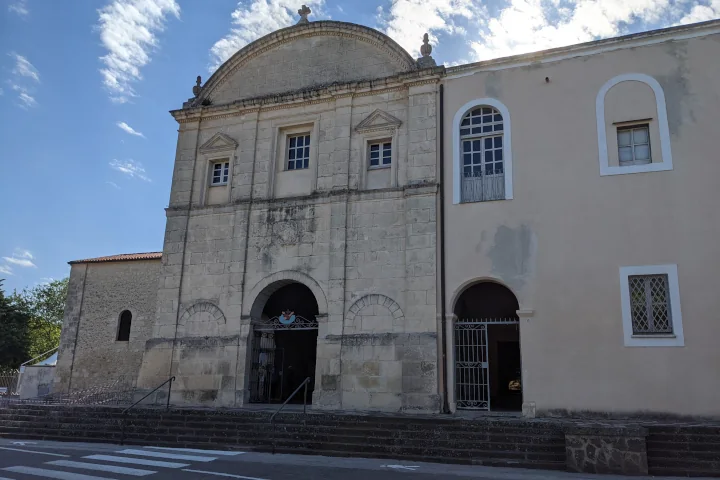
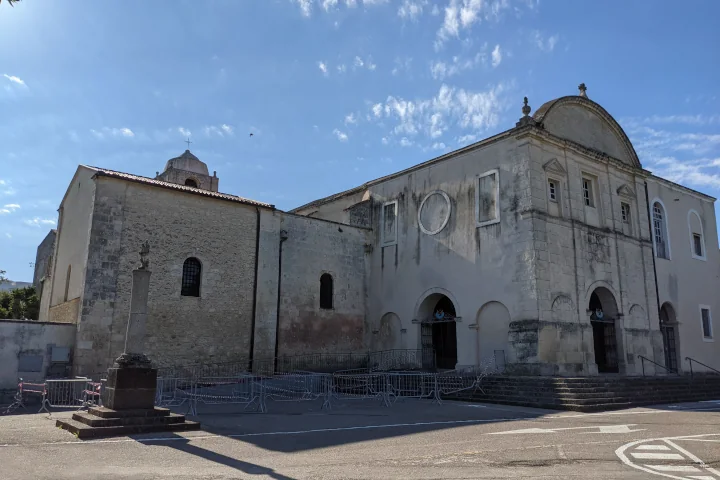
Architecture layered over the centuries
In the 13th century, the church was rebuilt in Romanesque style; it later incorporated Gothic and Baroque elements during subsequent renovations between the 15th and 17th centuries. The elegant facade dates back to the 17th century.
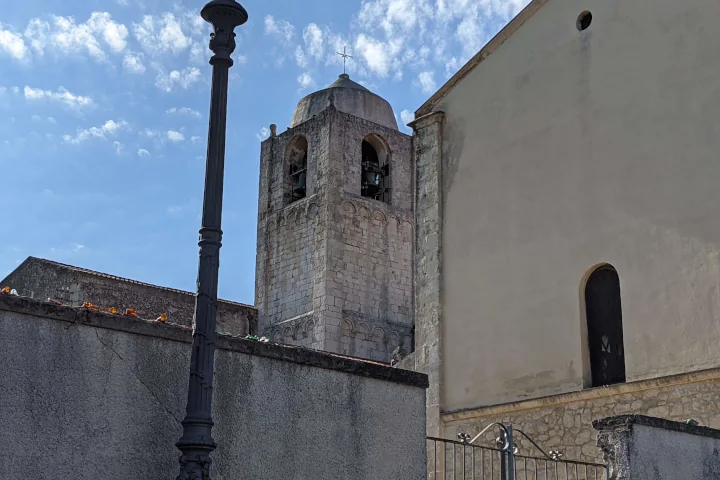
The interior features a single nave with side chapels. Among these, the Chapel of Our Lady of Grace stands out as a splendid example of Catalan Gothic style.
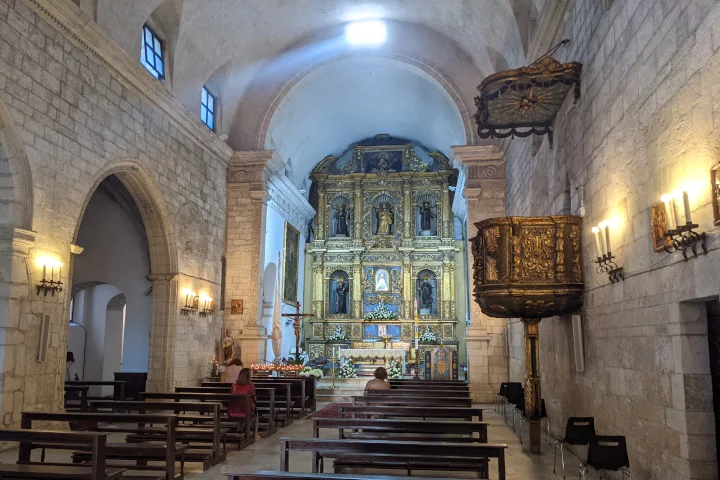
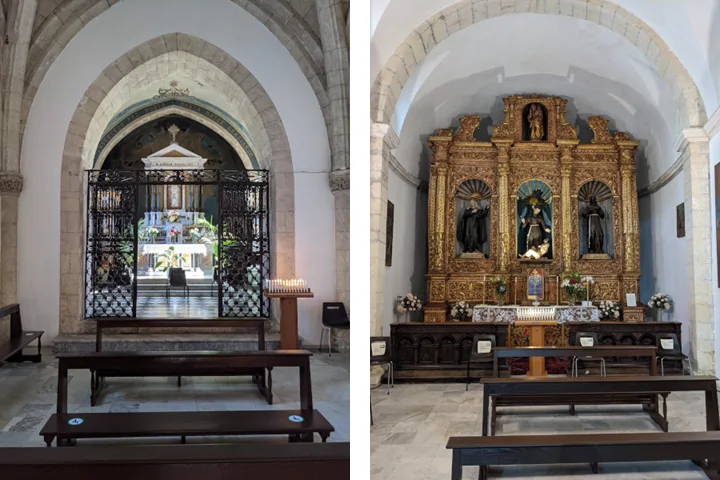
The convent and its evolution
The former Franciscan convent has had various functions over time: a place of religious life in the past, it later became the home of charitable institutions such as the Hospice for Mendicities, later transformed into the “Pia Casa di Ricovero Regina Margherita.”
Today, part of the complex hosts social initiatives, remaining a spiritual and social hub.
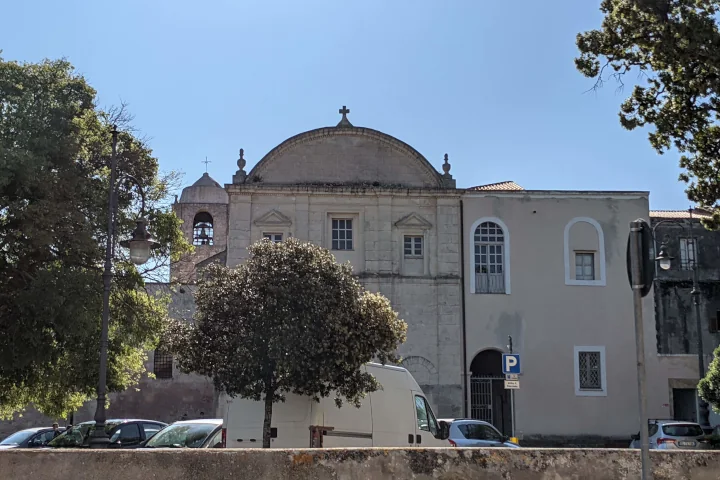
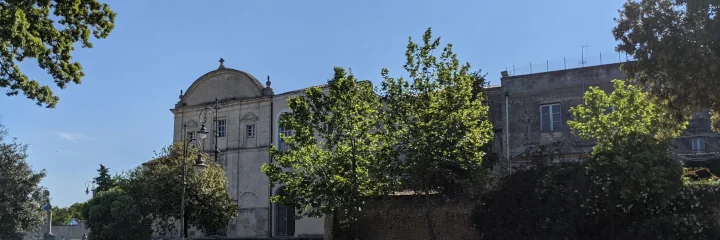
Faith and Tradition: The Faradda dei Candelieri
San Pietro di Silki is a profound cultural and religious landmark in Sassari.
Every year, on August 14th, the Candeliere of the Massai Farmers’ Guild departs from here to join the famous Descent (“Faradda” in Sassari dialect) of the Candelieri, one of Sardinia’s main religious processions.
This living connection between past and present is undoubtedly one of the church’s most fascinating aspects.
An oasis of tranquility among trees and stone
The complex opens onto a large square dominated by a large, centuries-old tree, a monumental holm oak.
At the far end of the square lie the vast, shaded and well-tended gardens known as the Orti di San Pietro. Around the convent, the lush vegetation, with centuries-old holm oaks, olive trees, and myrtle trees, creates an atmosphere suspended between nature and spirituality, making San Pietro di Silki not only a monument but also a haven for the soul.
